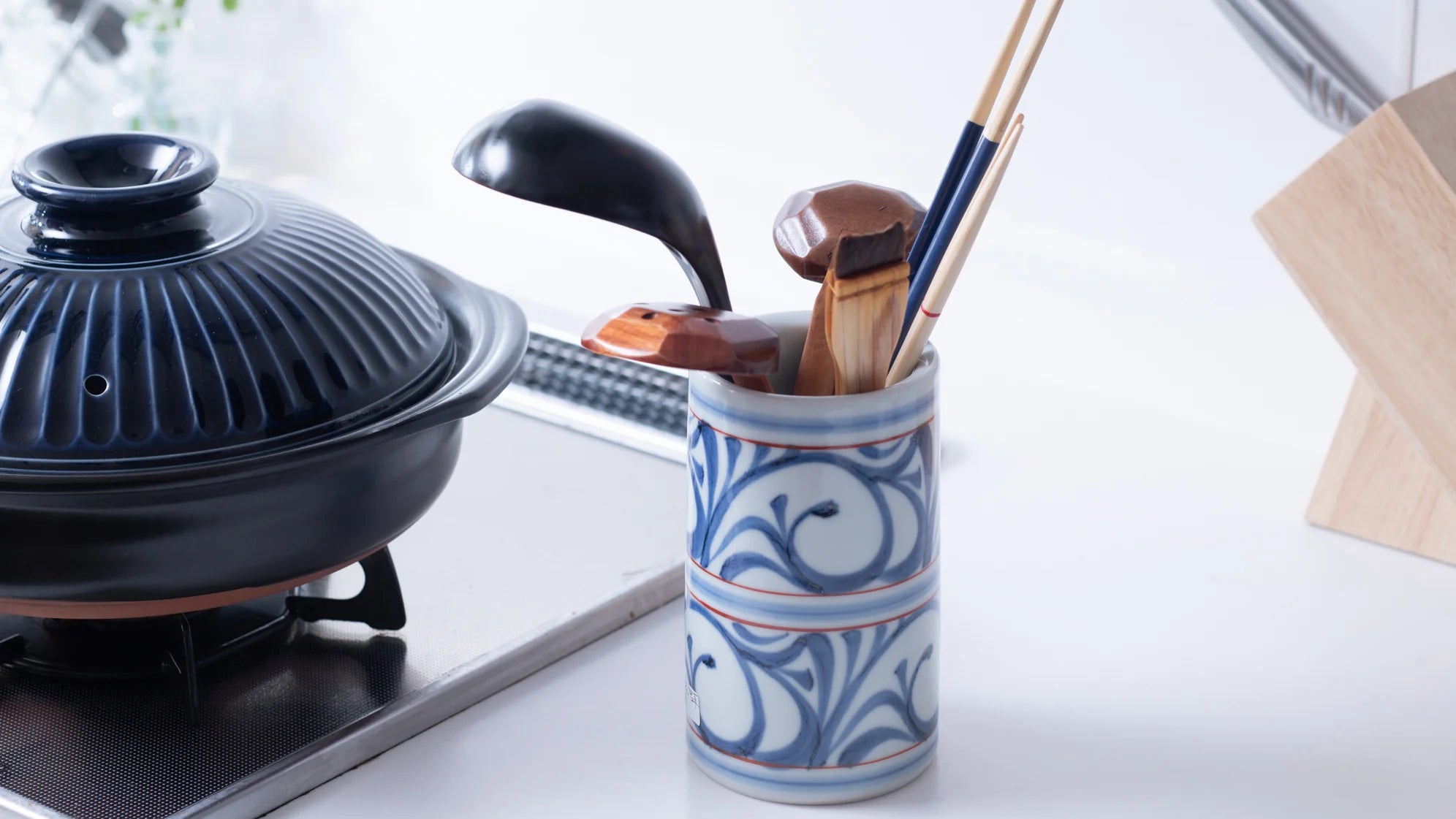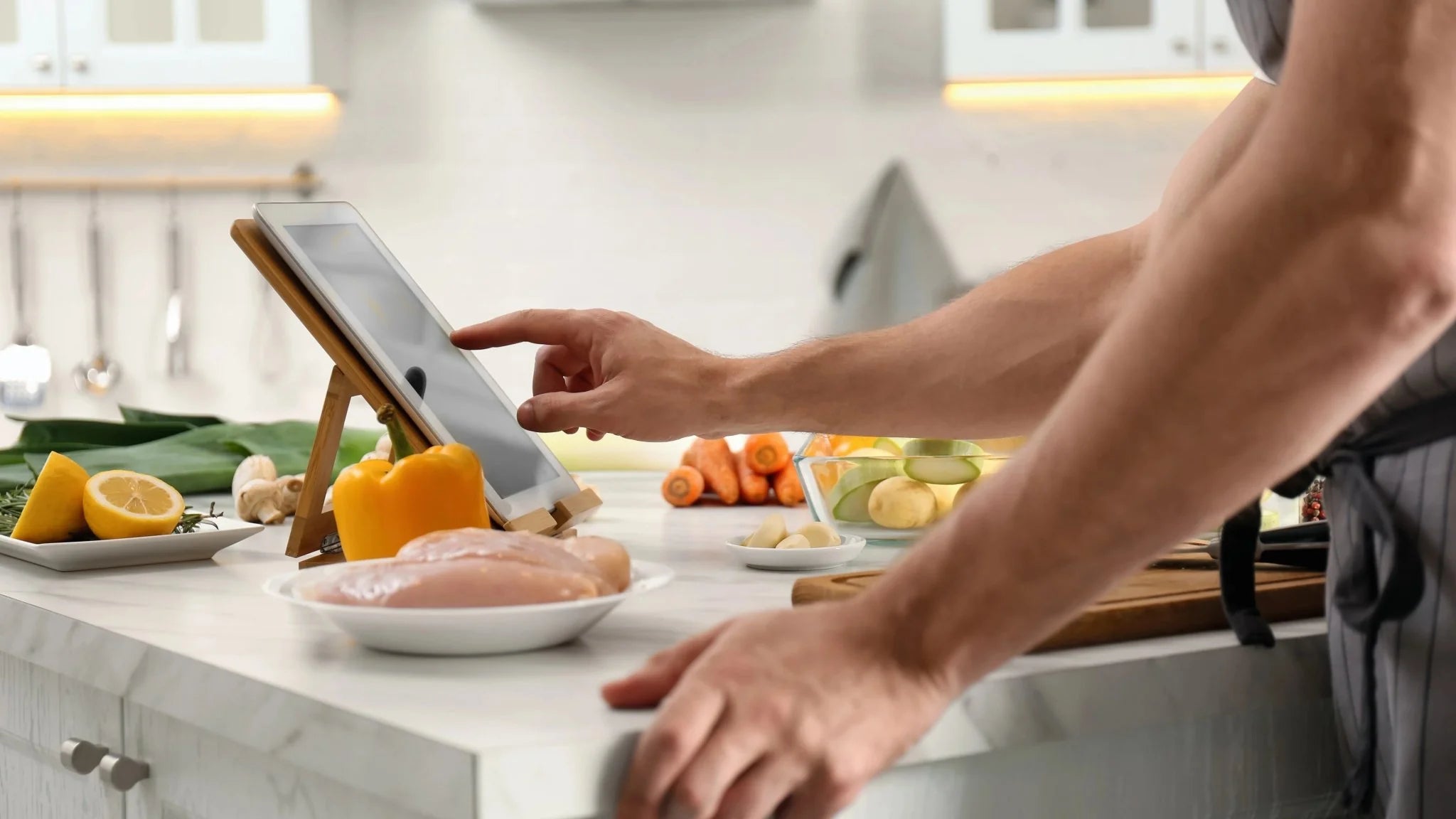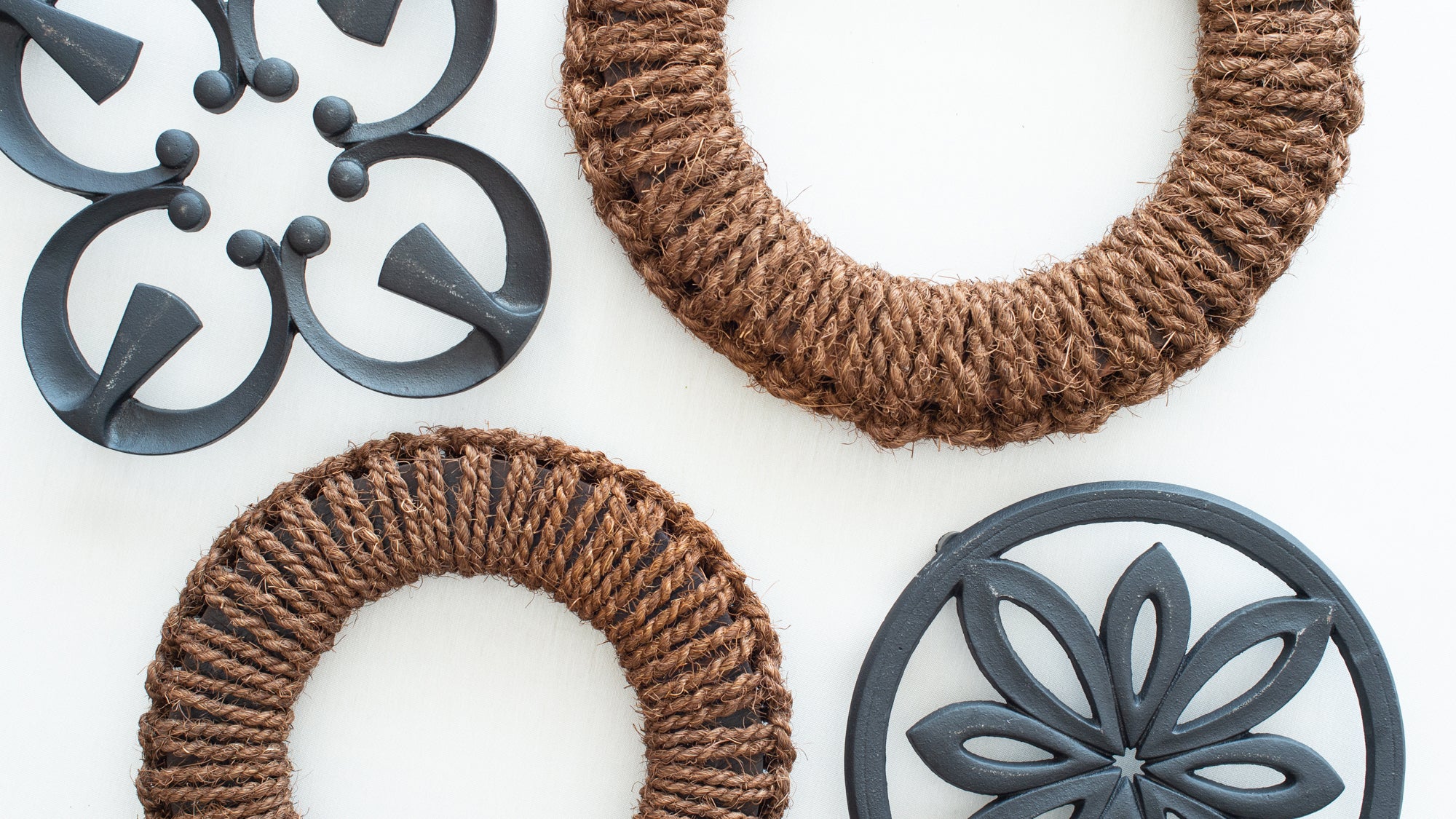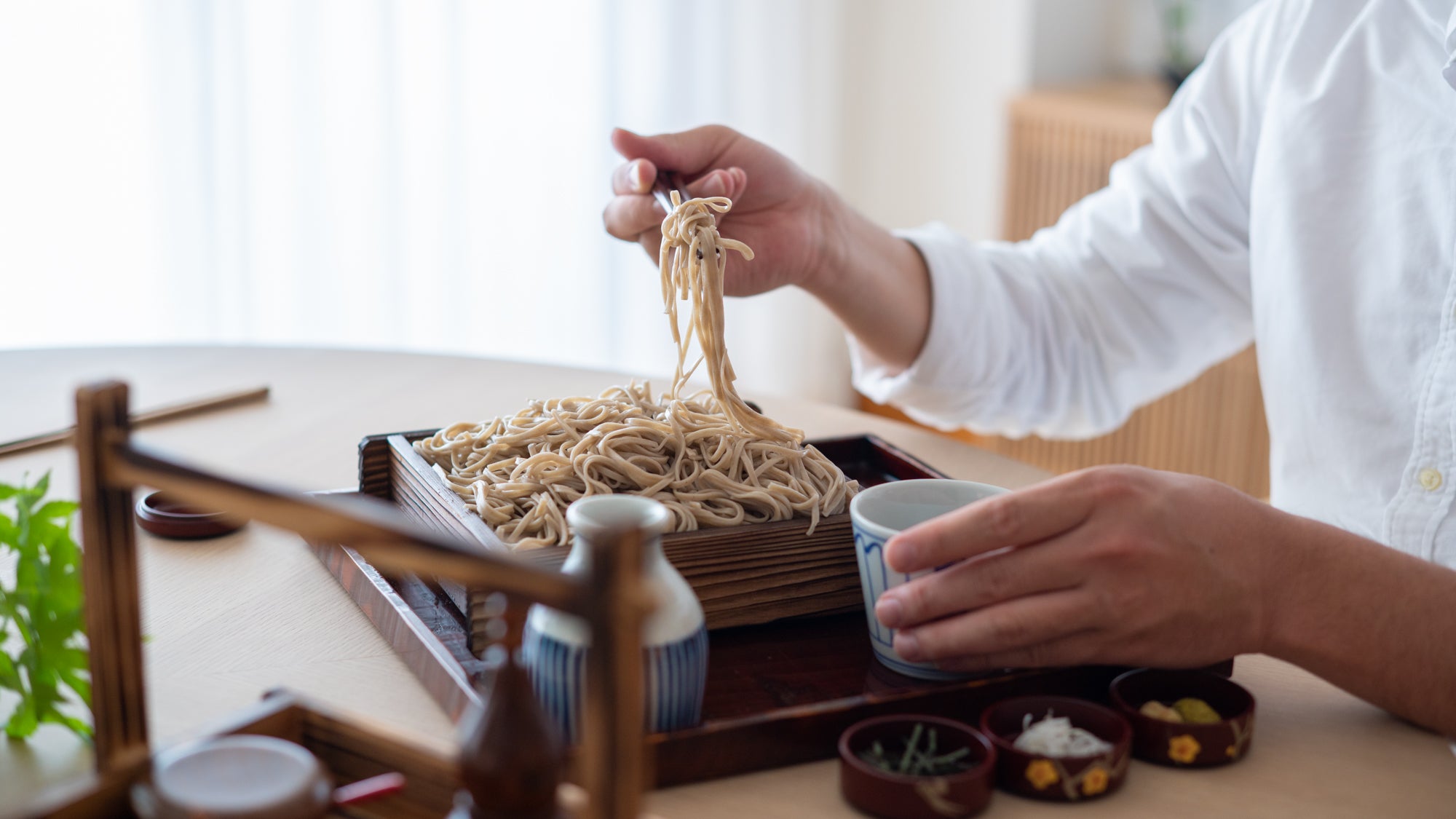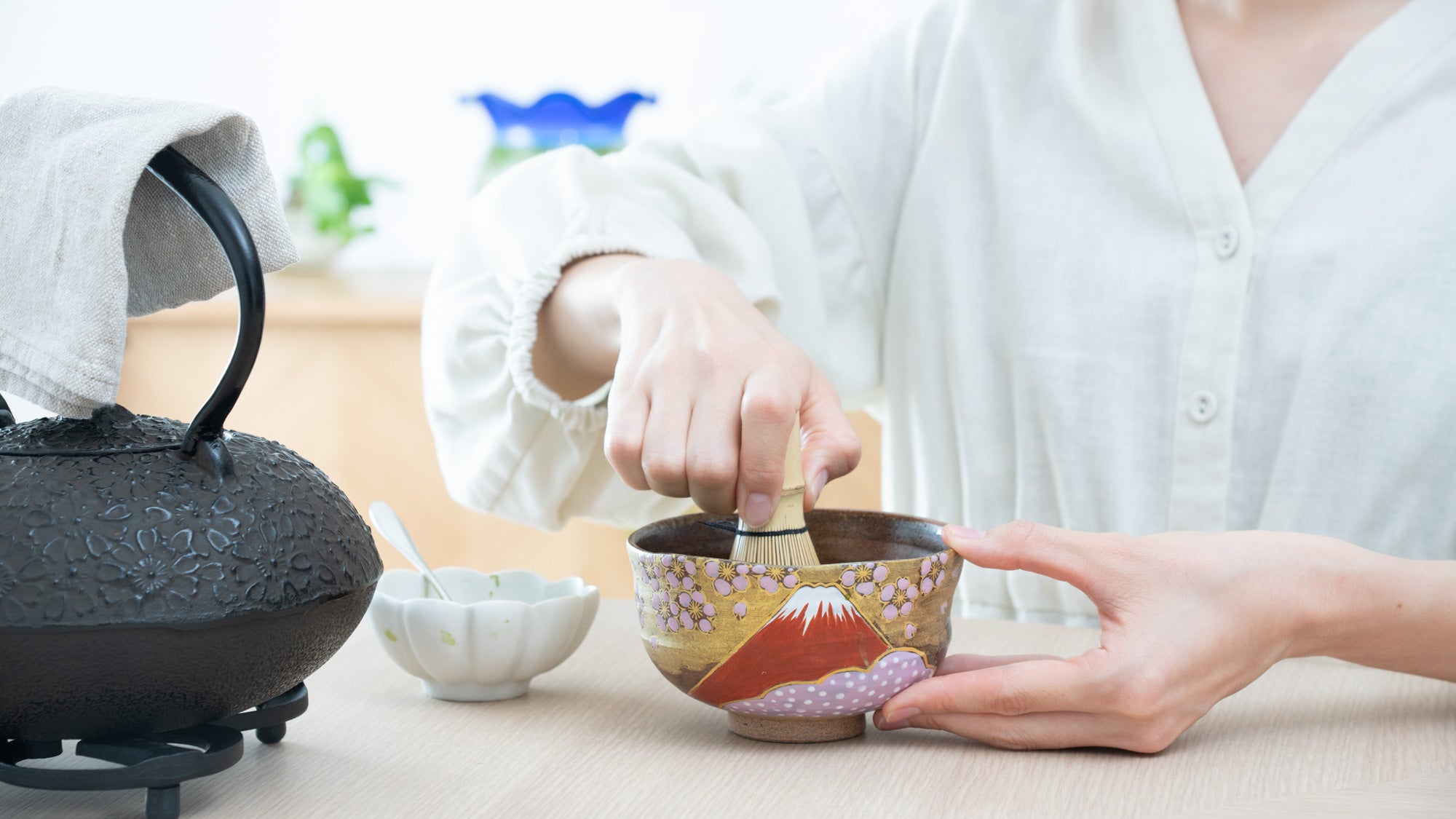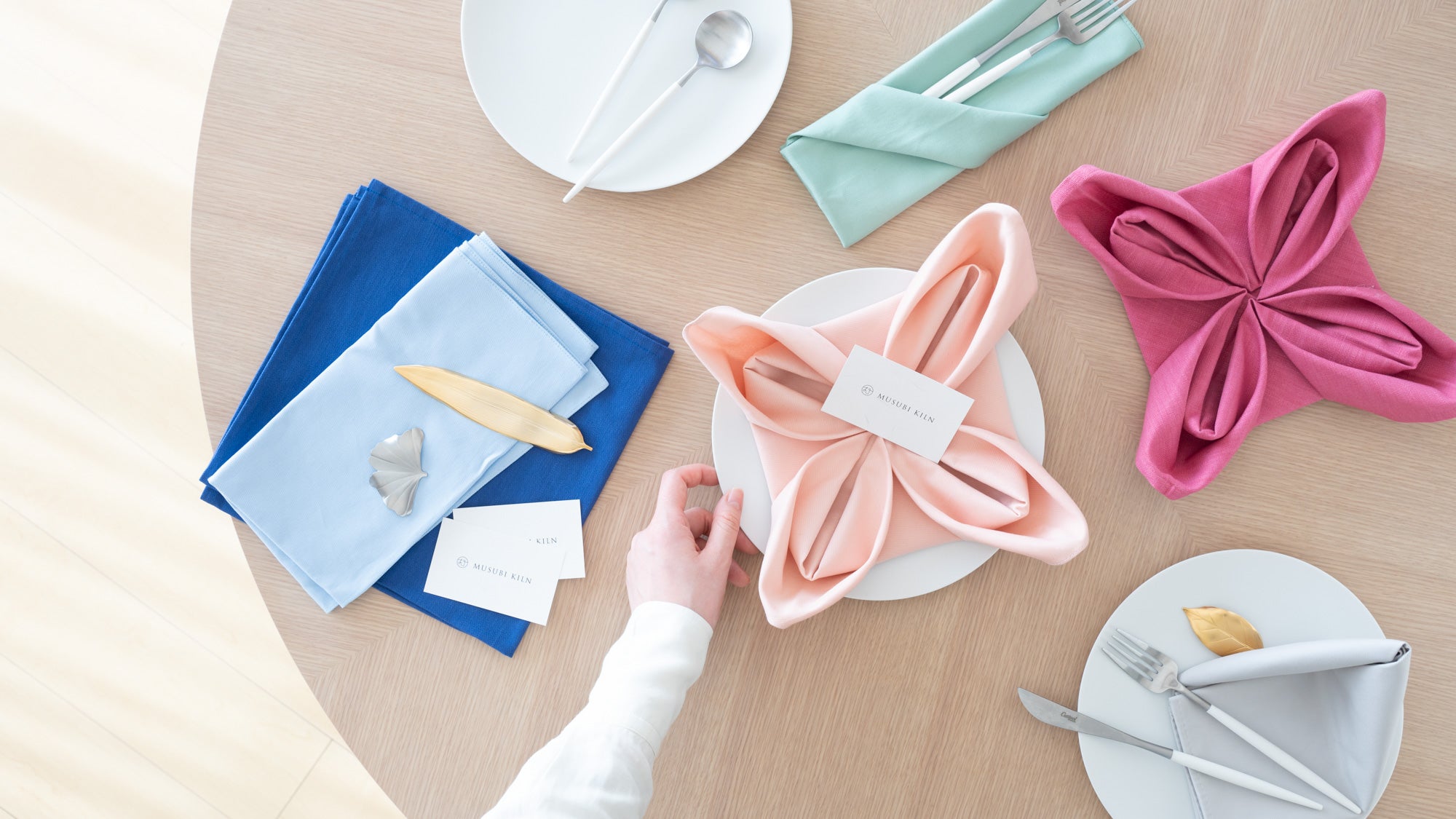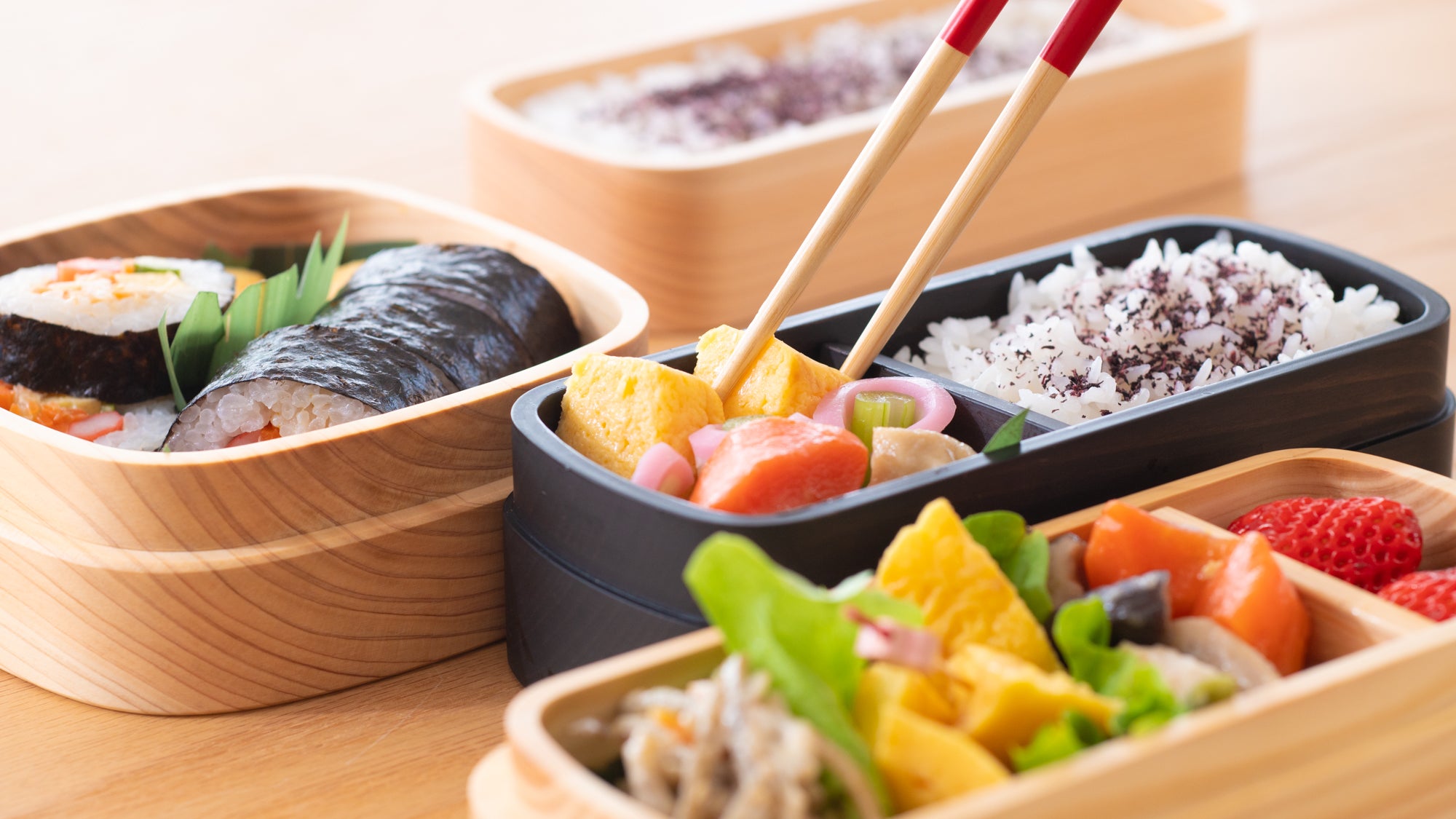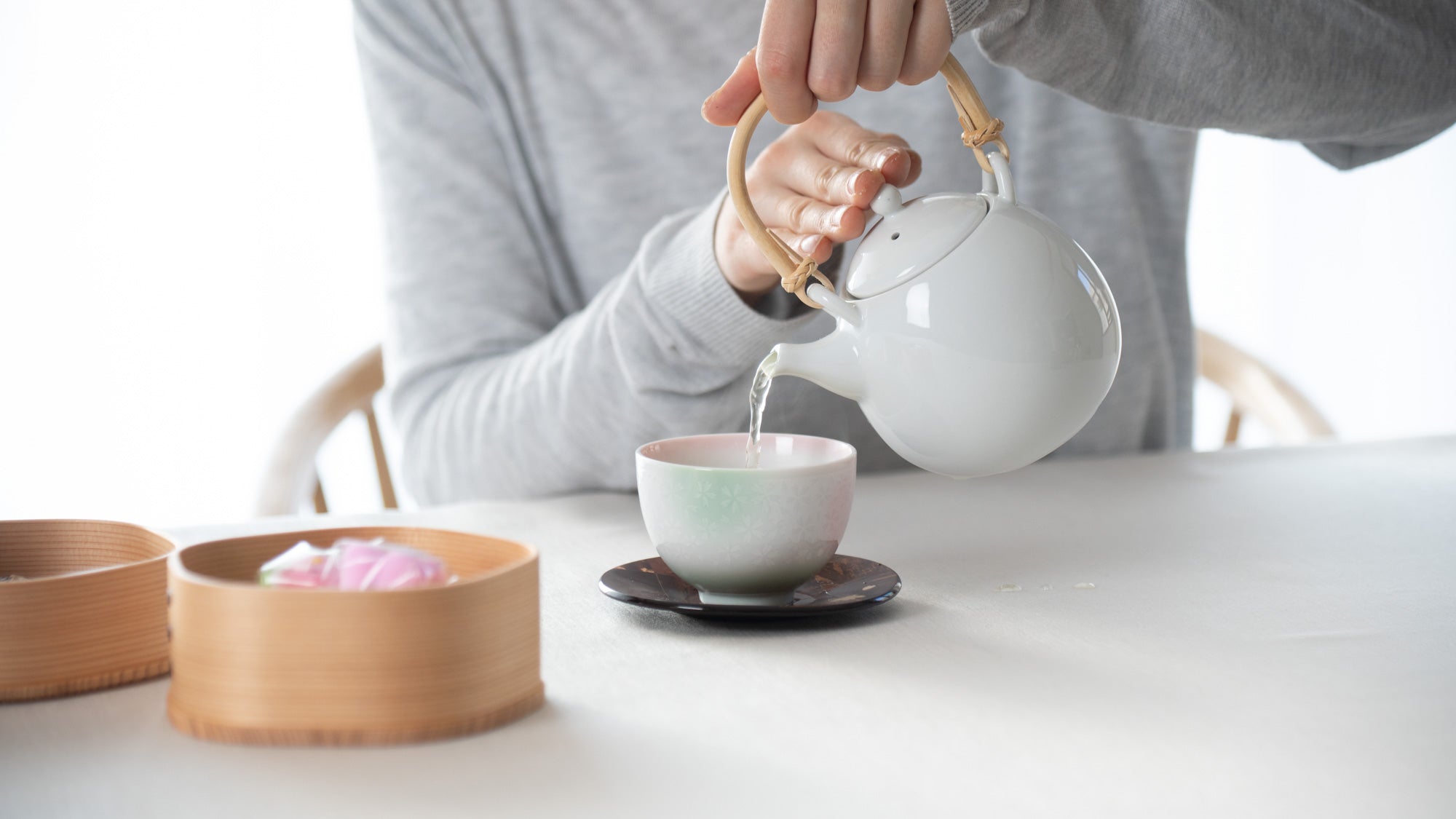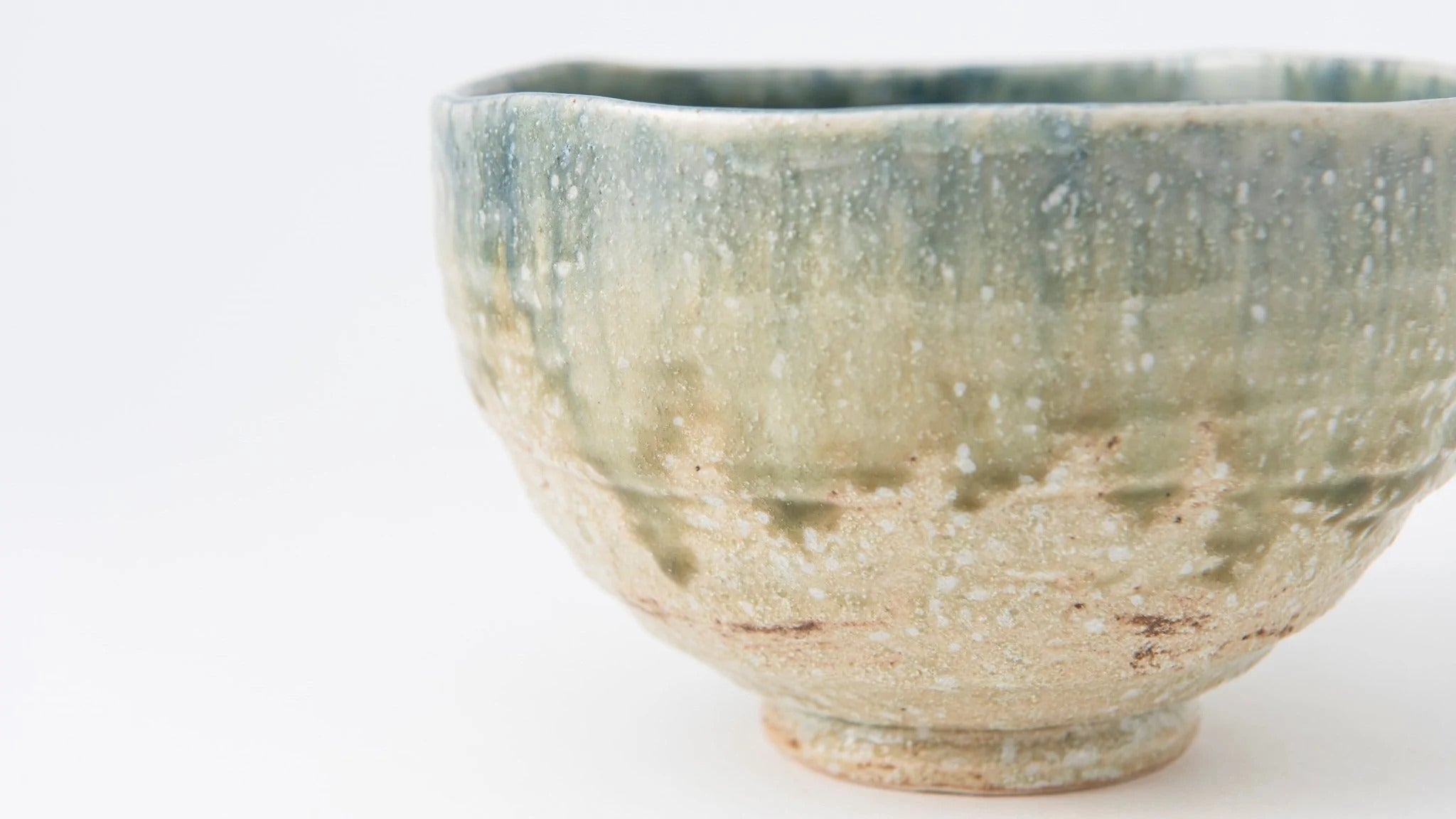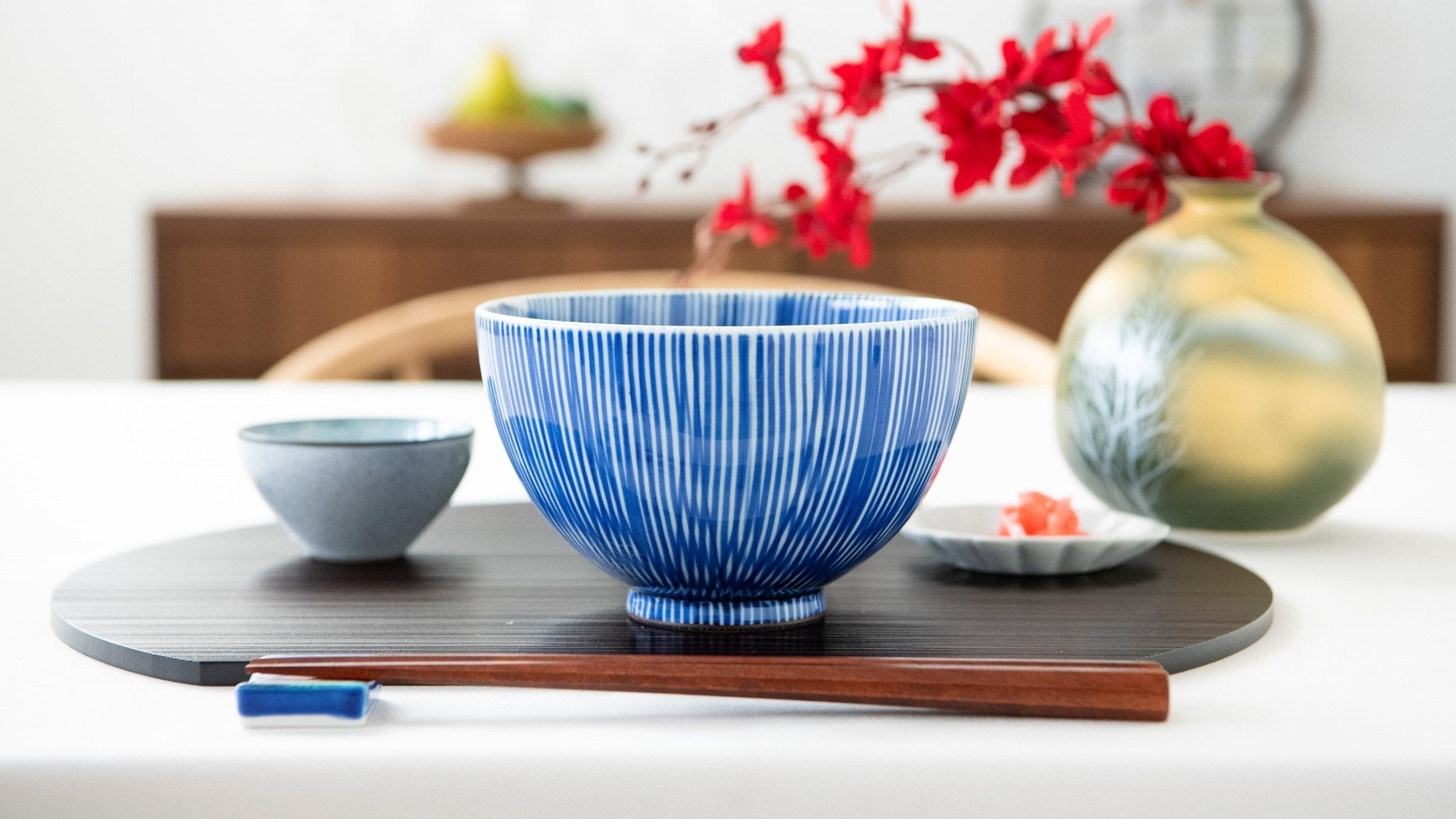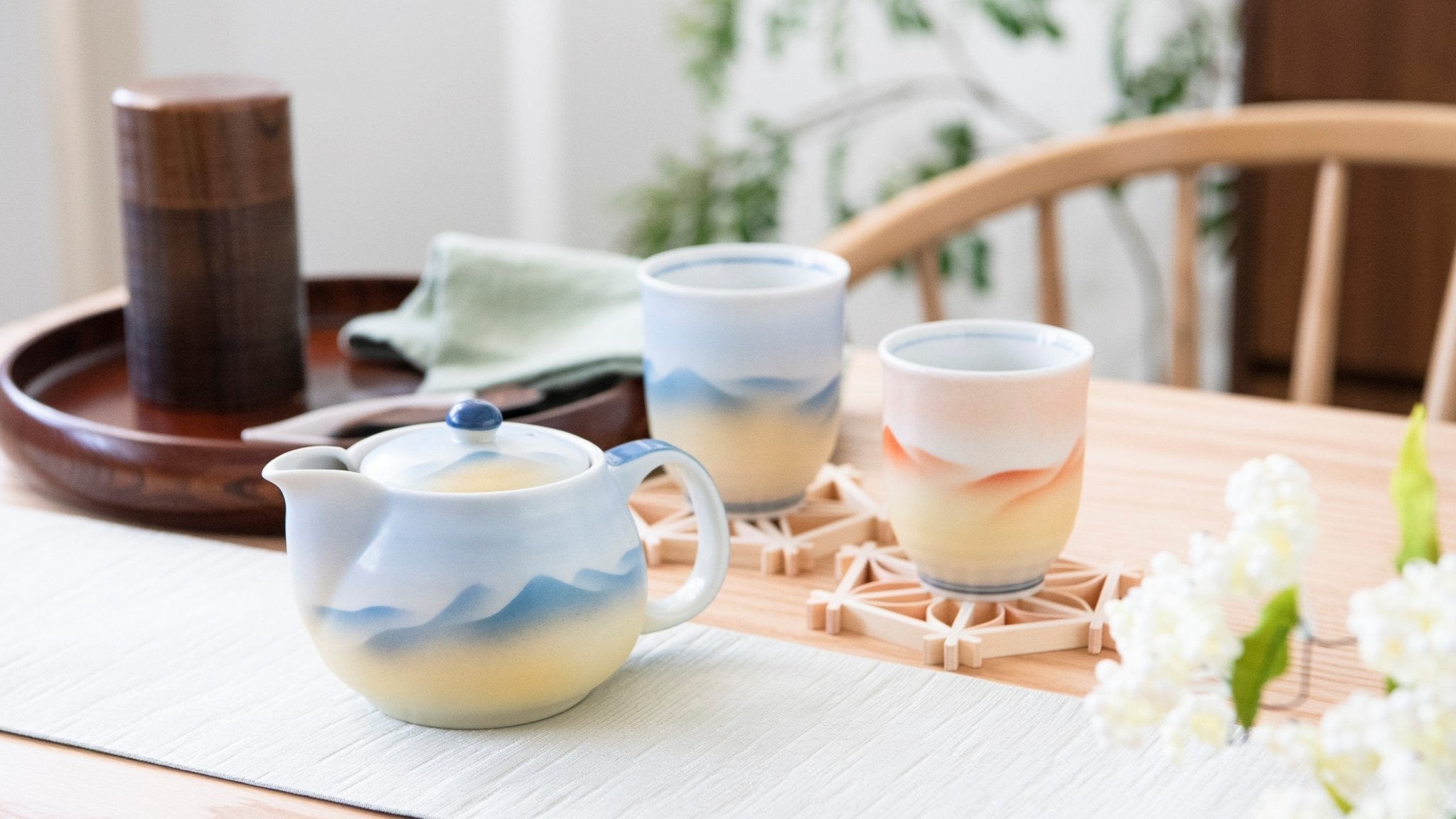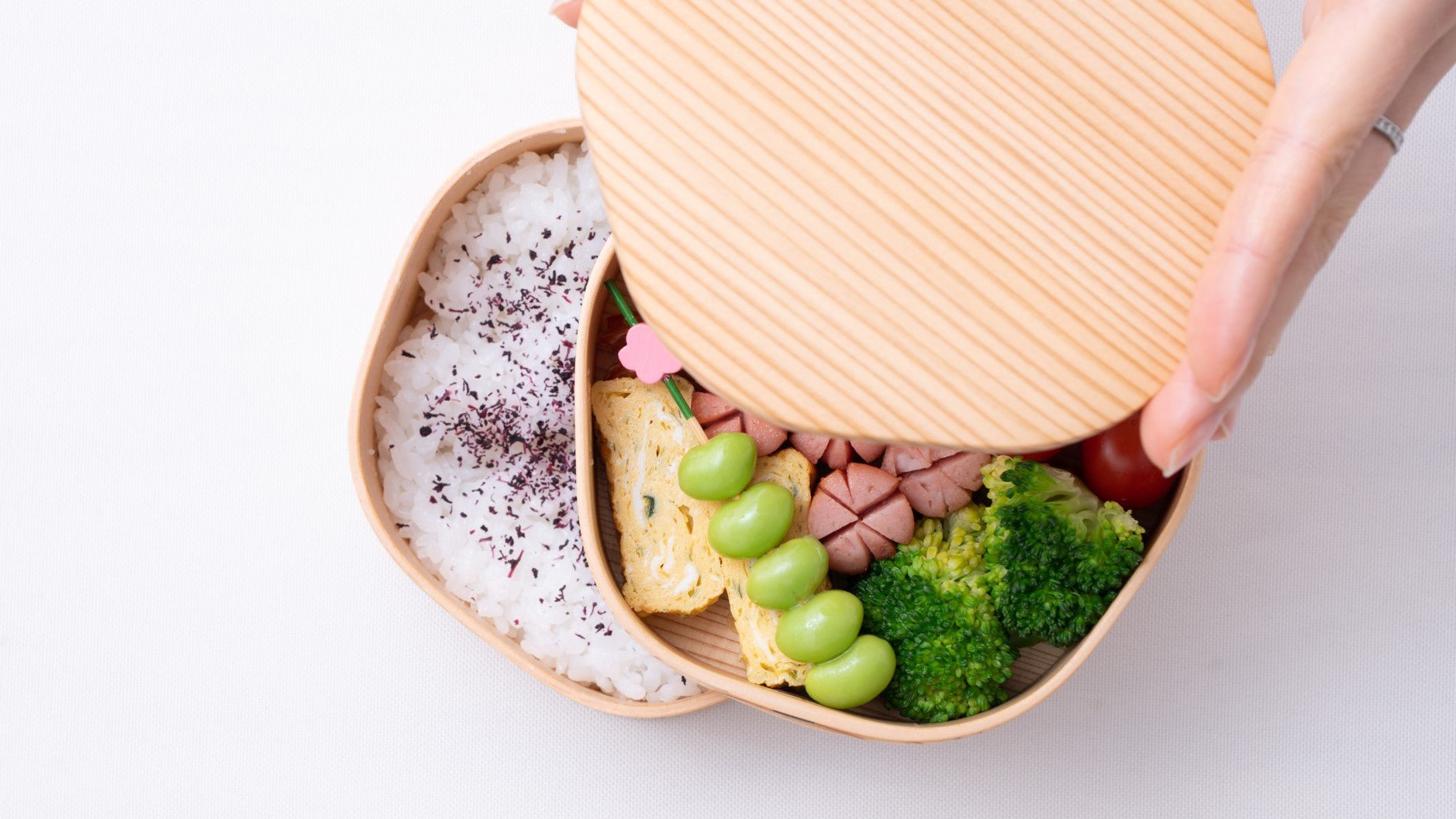19 July 2022
What is "Oryoki"? The Minimalist Tableware

Oryoki, or Patra in Sanskrit, known as "Bhudda Bowl" in West. It is refers to the personal serving utensils used by the Buddhist practitioners of Zen Buddhism.
It comes with three to five bowls stacked in a nested container, each bowl of a different size to receive a different meal, for the "begging bowl," a practice in Zen Buddhism in which one goes around to the homes of Buddhist believers and begs for the minimum amount of food they need.
The practice of begging for alms by practitioners continues even today in countries where there are Pali Buddhist sects, but in Japan it has become less common since the Meiji period (1868-1912). However, they are attracting renewed attention as a tableware for daily life because they can be conveniently used in the modern lifestyle as they are a set of bowls that can be stored in a nested container.
In this issue, find out more about how this oriental Oryoki works on the dinner table.
Contents
- About Oryoki
- The History
- Charms of Oryoki
- Modern use of Oryoki
- For the new lifestyle of today
About Oryoki

Oryoki is a functional tableware designed to minimize waste in daily life in the practice of Zen Buddhism. Starting with the larger bowl, the smaller ones are stacked completely on top of each other in order to allow for compact storage and carrying. According to one theory, the Russian craft Matryoshka was also inspired by Oryoki.
A practitioner uses one set of Oryoki for a lifetime. The usage and manner of eating were very strict, yet reasonably meaningful, and even eating with Oryoki was part of their training of Zen.
Oryoki for practitioners have a specific style and are black in color, but Oryoki adapted for modern life have no such rules and can be red or wood-grained. Because of its durable quality and storage-friendly design, Oryoki is especially popular among those who practice minimalist lifestyle.
How to serve meals using Oryoki?

The Oryoki consists of three bowls, or six bowls with a small stand. Traditionally, the largest bowl is filled with porridge, followed by soup, pickles, and side dishes in order of decreasing size.
Since Buddhism prescribes ahimsa(non-killing), the food is basically vegan if it follows this rule, but this does not apply to home use.
For example, the largest bowl in the home can be used as a Donburi bowl. By placing the main dish on top of the rice, followed by soup in the second largest bowl, then salads and pickles in turn, a well-balanced meal can be prepared.
The six-layered Oryoki can be used to serve several side dishes, so the smaller bowls can be used for soy sauce and condiments, fruit and desserts, depending on your ideas. Of course, the rule that you must use all the layers does not apply in a household, so just use as many as you need.
Oryoki will also come in handy when you need extra dishes, such as when you have a sudden visitor.
History of Oryoki
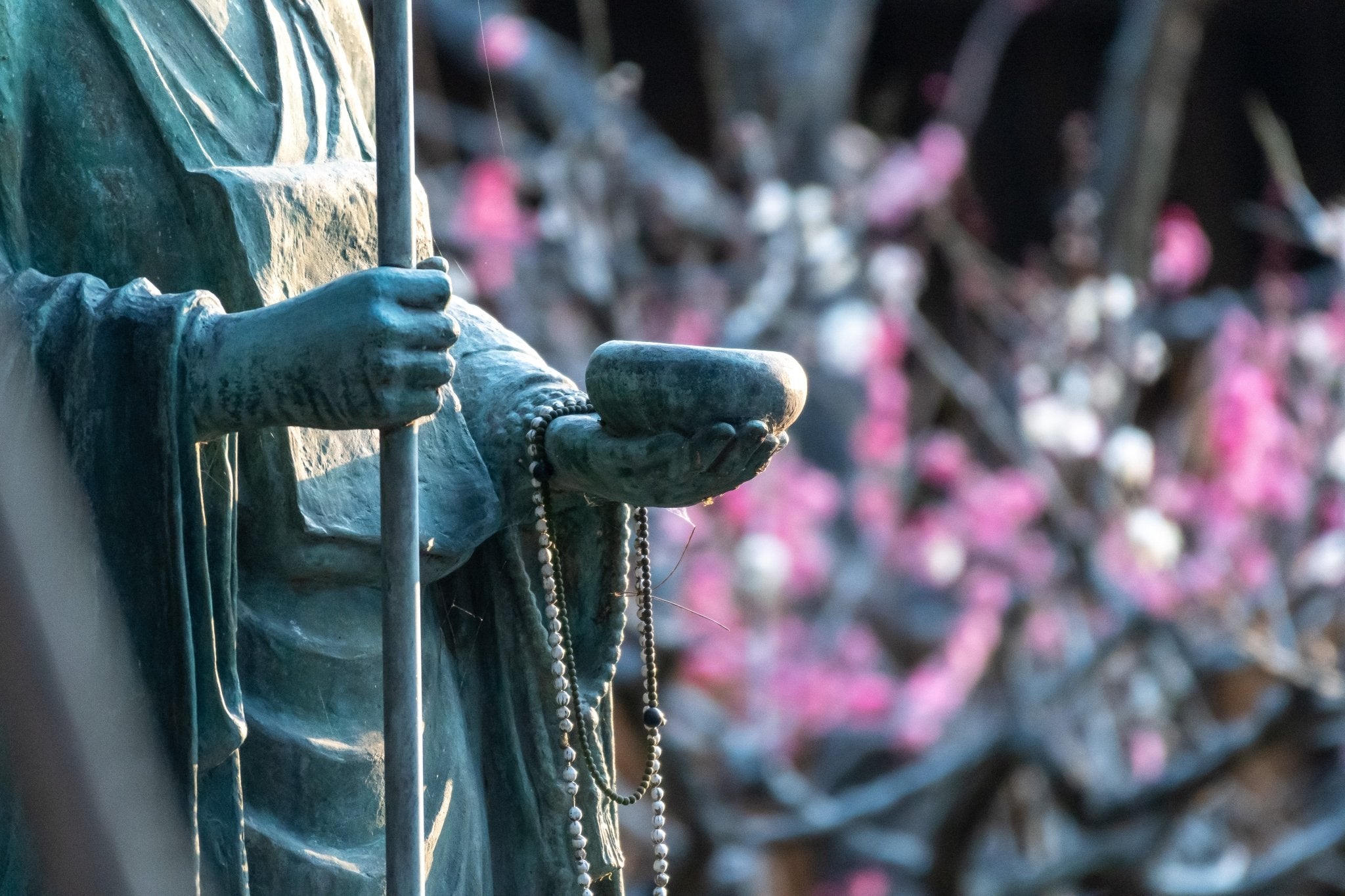
Oryoki was created in ancient Indian Buddhism for practitioners to receive almsgiving. In ancient India, they traditionally made of iron because wood was a luxury commodity and because of hygiene issues.
When Buddhism moved to China and Zen Buddhism was born, and then to Japan, wooden Oryoki became the basic form in Japan, where wood was more plentiful. The black Japanese lacquer (Urushi) coating gives it a similar appearance to iron, and the antibacterial properties of lacquer make it hygienic, making it a distinctly Japanese form while preserving Buddhist tradition.
In Japan, the number of layers of Oryoki varies according to the Japanese Buddhist sect, but if there were six layers, three could be used for breakfast: rice, soup, and pickles. At dinner, all six are used, and there are five dishes: rice, soup, pickles, two side dishes (the smallest dish is placed under the largest dish).
Charms and Advantages of Oryoki

The charm of Oryoki is, first of all, its compact storage. All the bowls fit inside the largest bowl, so even if you have a set of six layers, you won't have trouble finding a place to store them.
Another advantage is its durability. The Oryoki which is made in Japan, is made of wood, making it is hard to break even if dropped, and its lacquer coating resists scratches and deterioration. Since Oryoki was designed to be used by Buddhist practitioners for the rest of their lives, it is also durable, even for home use.
In addition, Oryoki sets are easy to use as tableware: a single Oryoki set can provide all the dishes for one person, making meal preparation simple.
Names of each bowl of Oryoki and their usage

The largest bowl of Oryoki is called "Zuhatsu" in Japan, meaning Buddha's head. It is the most important bowl in the Oryoki and is used to serve rice, such as porridge. In Buddhism, it is considered bad manners to put one's mouth directly on the bowl so must eat it with a spoon. You may use chopsticks if they are for home use. When using forks or other utensils, wooden ones are recommended to avoid scratching.
The next largest one after Zuhatsu is "Zukun" or "Dai-Ikkun (First Bowl)", followed by "Dai-Nikun (Second Bowl)", "Dai-Sankun (Third Bowl)", "Dai-Yonkun (Fourth Bowl)", and the smallest bowl is called “Hattetsu". Hattetsu is used as a stand to stabilize the "Zuhatsu", not used for dish.
The largest bowl, Zuhatsu is usually served with rice, while the second Zukun is sometimes served with pickles and sometimes with soup. The Zukun and the next largest, Dai-nikun, are suitable for soups, stews, and other soupy dishes, while the smaller ones can be beautifully arranged with pickles or Japanese side dishes.
Modern use of Oryoki
Though Oryoki was originally a tool associated with Buddhism, it does not mean that one must follow Buddhist teachings when using it as modern tableware.
We have some suggestions on how to use Oryoki in the home that you may find useful.
For a healthy breakfast

Let's set up a healthy Asian breakfast using the largest of the Oryoki bowls, the "Zuhatsu," and the fourth, relatively flat "Dai-Sankun".
Porridge is a common breakfast in China, but it is also popular in Japan. If you have leftover rice from the previous day, you can cook it in dashi broth, add beaten eggs, and voila! you have the Japanese home-style dish of "Ojiya".
And If you add pickles or side dishes on the Dai-Sankun, you will have a nutritious, healthy breakfast that is easy on the stomach.
For a simple and energy dinner

When used in the home, Oryoki does not necessarily have to follow Buddhist teachings and be vegan.
If you are hungry, use the largest bowl of Zuhatsu of Oryoki as a Donburi Bowl. You can serve your favorite bowl of rice, such as "Oyakodon" or "Katsudon", with miso soup or other soup in the second largest bowl: Zukun, and a smaller dish: Dai-Sankun or Dai-Yonkun for pickles or other side dishes for a hearty meal.
Of course, a vegan recipe is even more appropriate for traditional Oryoki usage.
For a contemporary and satisfying table setting

Zuhatsu, Oryoki's largest bowl, may be too large to be used to serve rice when adapted to contemporary Japanese cuisine. So let's venture out and use the Zuhatsu as a salad bowl.
Then, if you serve rice in the second largest bowl, Zukun, soup in the third bowl, Dai-Nikun, and side dishes and pickles in the smaller dishes, you can prepare a well-balanced contemporary dining table with plenty of vegetables.
If you use Zuhatsu as a salad bowl, you can share it for two diners. The flexibility of serving your meal in a bowl of the right size is another Oryoki's charm.
For the new lifestyle of today
Oryoki is a very old and historic type of tableware, but it is a tool that has a high affinity for modern lifestyles, such as vegan and minimalist.
Because Oryoki is made of wood, it cannot be put in a dishwasher, but the bowl shape makes it easy enough to wash by hand without any hassle.
Buddhist practitioners used to pour tea into the bowls to clean them, and then drink the tea out of them at the end of use. This is called a ”Senbachi(washing bowl)". The spirit of not wasting food that lives on in Oryoki is very appealing in today's new lifestyle.
As a long-lasting, environmentally friendly tableware made of natural materials, Oryoki is truly a remarkable addition as your tableware.
Teacups

To enjoy the gyokuro that has been slowly and carefully brewed, we recommended using a finer tea cup than you would normally use.
Thinner porcelain is a better material than thick stoneware, allowing you to concentrate on the delicate flavors and aromas.
Also, a slightly smaller size, about the size of a sake cup or espresso cup, is better suited for gyokuro brewed in small quantities.
Recommended Item:
Hibino Crystal Glaze Mino Ware Tea Cup
(仮です。適したアイテムを選択してください。)










